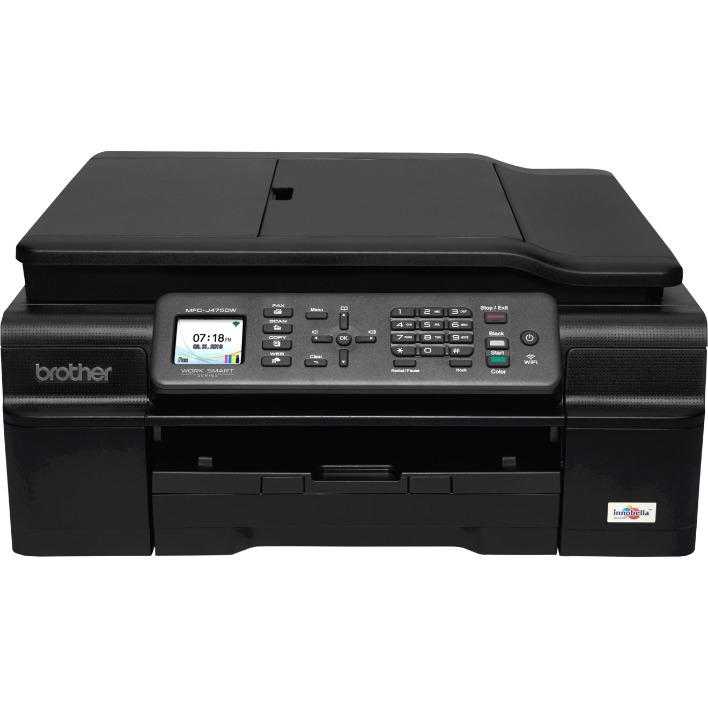Rumour has it, Adidas will soon step it up with 3D printers that may create trainers on the spot. Meanwhile, Ministry of Supply has taken it to the subsequent stage by completely putting in a 3D printer knit machine in its Boston flagship store.
ECommerce sites similar to Net-A-Porter and Farfetch have efficiently demonstrated that digital retail works. Indeed, luxurious shoppers are willing to buy high-end items on-line at an undiscounted price that is on par with the offline retail premiums.
Read more about Zarrify here.
NFTs and luxury: What you need to consider for your brand
This ensures a extremely customized and correct illustration of how the product will look on them once bought. Virtual try-on technology–sometimes referred to as 3D digital technology–has been shown to considerably enhance conversion charges for luxury style retailers. This is as a end result of when clients can see how clothing and accessories would look on them earlier than making a purchase, they’re more doubtless to buy. Some retailers have reported conversion fee will increase of as a lot as a staggering 400% after implementing a virtual try-on resolution.
AI’s Impact on Luxury: From Zegna to Kering
Another concern is the combination of information coming from different systems and how to tie it collectively. Luxury manufacturers are upping their digital sport, creating tech enabled in-store experiences that join throughout channels. Using the mini-app, clients can also guide out automated ‘trial rooms’, and receive a fully personalised and bespoke expertise to make sure they get essentially the most out of their time in store.
They transcend the physical and digital to create data-driven experiences that have interaction consumers’ emotive wishes seamlessly throughout offline and on-line channels, while preserving a sense of magnificence and shortage synonymous with being a luxurious brand. And, they’ve invested in premium, multi-channel content material that promotes uniqueness and has a sense of insider sheen that will resonate with high-end consumers. The potential of AI to transform the luxurious sector is dramatic, starting from customized purchasing experiences to operational efficiencies in provide chain management. Behind the scenes, AI-driven analytics provide insights into client behavior, enabling manufacturers to anticipate market developments and respond with agility. The trend trade is beginning to venture past viewers targeting on centralized platforms. These manufacturers are building a group utilizing artificial intelligence for hyper-personalization and knitting together fashion, music, gaming, sports, and artwork to attach and communicate in new methods.
However, it may be very important do not forget that technology is merely a tool that must be used to make life simpler for operational and property-serving clients. The present problem in most organizations is information fragmentation, whereby information isn’t merged or shared with the totally different departments. Clearly, the reality of life has by no means been the identical since developments in technology have turn into a half of our everyday lives. Nevertheless, and on a constructive observe, it continues to alter and evolve for the betterment of mankind. In a way, expertise has developed life right into a nice steadiness of comfort and manufacturing.
Occtoo’s main goal is to unravel your challenges by reducing the time you spend on connecting data to your frontend experiences. With our unique product, we empower the digital groups to serve the developer with related expertise knowledge at a fraction of the cost using a traditional strategy. Meanwhile, Burberry, which is a pioneer in the adoption of latest applied sciences, uses artificial intelligence to establish counterfeit merchandise. The British luxury player makes use of Entrupy’s AI-empowered, image-recognition technology, which might assess if a product is actual or pretend, thanks to its superior algorithms. Additionally, Burberry makes use of AI-enabled analytics to enhance the customer expertise and facilitate a deeper understanding of the shopper. Virtual and augmented reality blur the lines between the digital and physical worlds.





